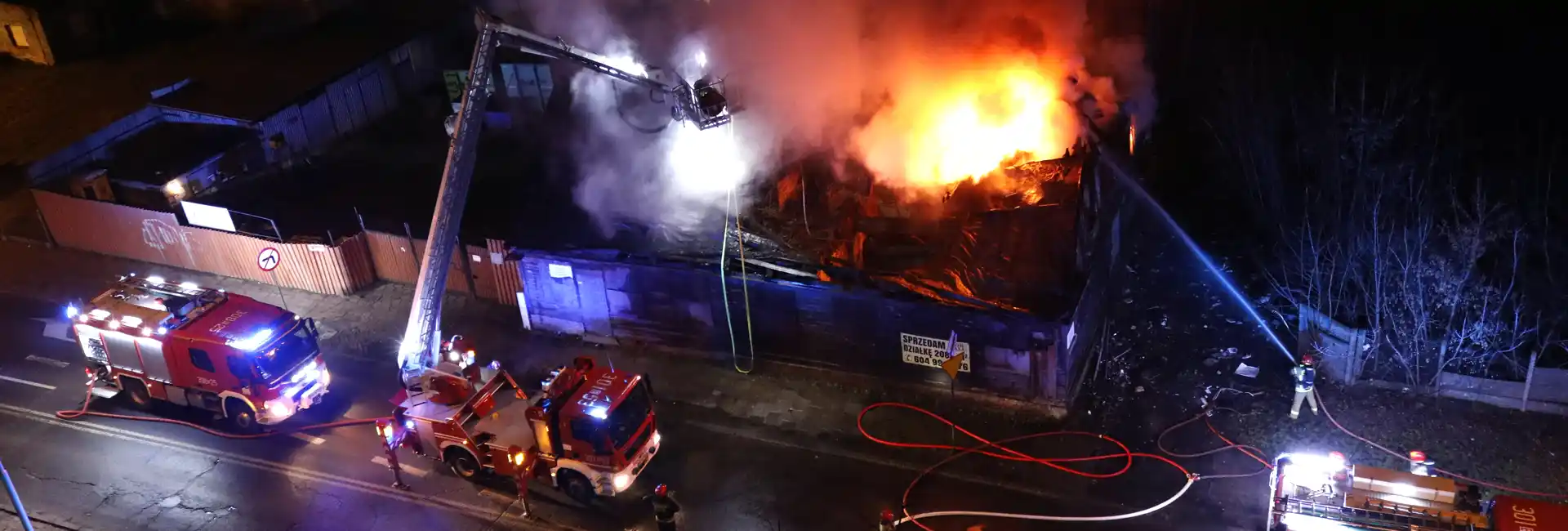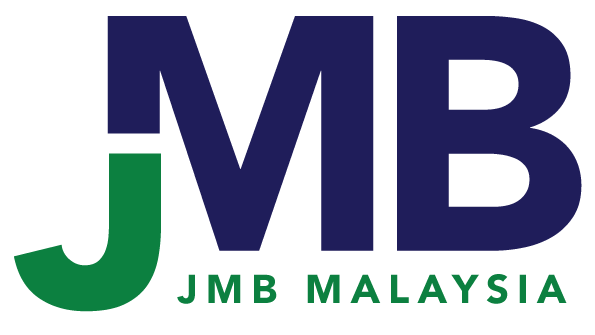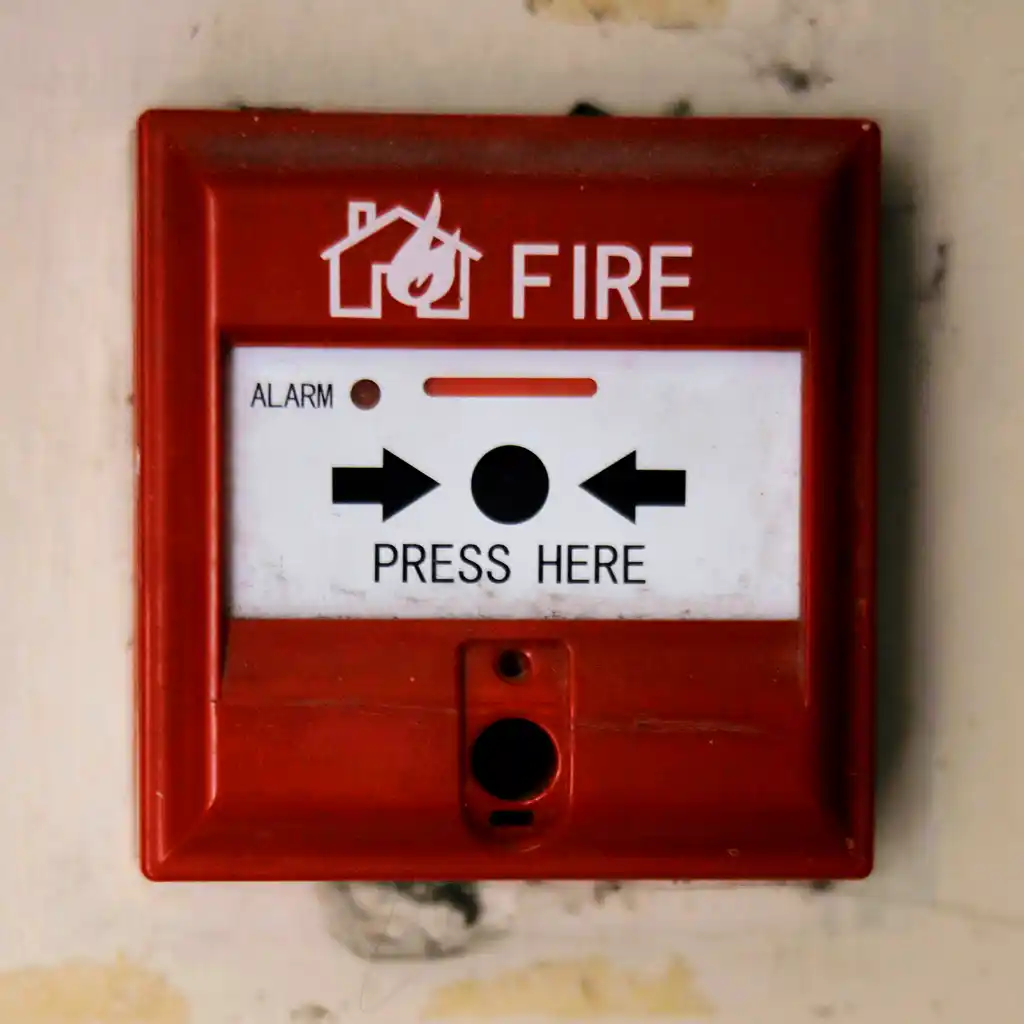Fire fighting systems are essential for safeguarding buildings, particularly high-density residential structures like condominiums. These systems are designed to detect, control, and extinguish fires, thereby minimizing damage and protecting lives. The main types of fire protection systems available in Malaysia include fire detection systems, fire suppression systems, fire alarm systems, fire hydrant systems, portable fire extinguishers, and emergency and exit lighting systems.
Fire detection systems are critical for early fire warning and typically consist of smoke detectors and heat detectors. Smoke detectors sense smoke particles in the air and provide early alerts to enable quick evacuation. Heat detectors, on the other hand, detect significant temperature changes and are particularly useful in areas prone to false alarms from smoke detectors, such as kitchens. Both types of detectors play a vital role in ensuring the safety of building occupants by providing timely warnings.
Fire suppression systems are designed to control and extinguish fires automatically. Sprinkler systems, one of the most common types, activate when they detect heat, releasing water to control and extinguish fires. These systems are widely used in both residential and commercial buildings due to their effectiveness in managing fire outbreaks. Additionally, gas suppression systems use inert gases or chemical agents to suppress fires, making them ideal for environments like data centers and server rooms, where water damage could be detrimental.
Fire alarm systems are another crucial component of fire protection. These systems can be manually activated via call points, also known as fire alarm pull stations, allowing occupants to trigger the alarm during a fire emergency. Automatic alarm systems are integrated with smoke and heat detectors to automatically sound alarms when they detect fire, ensuring a prompt response even when no one is present to activate the alarm manually.
Fire hydrant systems provide essential water sources for firefighting efforts. External fire hydrants are located outside buildings, offering a readily accessible water supply for firefighters. Internal fire hose reels, installed within buildings, allow occupants to use a continuous stream of water for initial firefighting efforts before professional firefighters arrive. These systems are critical for controlling fires quickly and effectively.
Portable fire extinguishers are vital for immediate response to small fires. Various types of extinguishers are available, each suitable for different classes of fires. Water extinguishers are effective for Class A fires involving combustible materials like wood and paper, while foam extinguishers are suitable for both Class A and B fires involving flammable liquids. CO2 extinguishers are used for electrical fires and flammable liquids, leaving no residue, and dry powder extinguishers are versatile for Class A, B, and C fires, including those involving gases and electrical equipment.
Emergency and exit lighting systems are essential for guiding occupants to safety during power outages or fire emergencies. Emergency lighting ensures visibility in corridors and stairwells, while clearly marked exit signs indicate the nearest exits, facilitating a safe and orderly evacuation.
These fire protection systems in Malaysia are governed by regulations and standards set by the Fire and Rescue Department of Malaysia (JBPM) to ensure their effectiveness and reliability. Regular maintenance and inspections are mandatory to keep these systems in optimal working condition, ensuring they function correctly in an emergency.



